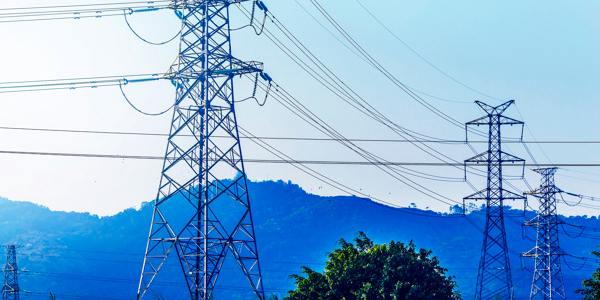New year, new costs – a changing world for embedded generators
Published on 17th February, 2020
Historically, when embedded (or distribution connected) generation was limited in scale, the costs of using and maintaining the high voltage transmission system were split primarily between transmission-connected generators and end-consumers.
Furthermore, embedded generators were positively rewarded as they were viewed as contributing to reduced demand on the system by offsetting the overall level of consumption load and they received a financial benefit in return. These payments were based on the Triad system of charging for use of the transmission system at times of peak demand. These and various other payments that are collectively known as “embedded benefits” have been an important source of income for distribution connected generators over the years.
In the last 20 years the volume of embedded generation has grown significantly and now accounts for 13% of total generation capacity on the system. The driving forces for this growth have been a combination of (a) carbon reduction targets and (b) technological advances leading to dramatic falls in the unit costs of renewable generation production.
In the view of the Regulator Ofgem, the shift to localised generation has made the system of embedded benefit payments untenable, causing distortions in the distribution of these payments between different categories of generator and ultimately higher costs for consumers. One point emphasised by Ofgem is that the main justification for embedded benefits – namely, that local generation causes transmission system costs to fall by reducing overall demand and hence the amount of network system investment required – no longer holds water.

When embedded generation was a minor factor in the network overall, power was viewed as flowing “top down” from the high voltage transmission network across the low voltage distribution system into homes and factories. In todays’ world the greater importance of localised generation now means that power no longer flows primarily in one direction ( i.e “top down” ) but increasingly flows in both directions. In this more complex world, all power producers and users are considered more or less equally reliant on the transmission network for the management of flows and system stability and balance.
The Regulator’s enquiry into these matters comes under what is called the Targeted Charging Review (TCR) (plus the related “Access and forward-looking charges Review”). However, what these reviews do not address is the important question of what the right level of investment in the high voltage grid should be.
While it seems fair that the costs of the transmission system are spread more equitably and efficiently, there will be concern if these charges are intended to meet the costs of a grid which is no longer fit for purpose. It is to be hoped that these issues will be addressed in the next transmission price control review.
As part of TCR the latest proposals to change the transmission, and related, charges affecting embedded generators were published in November 2019.
These included:
- A decision to levy so-called Transmission Use of System (TNUoS) demand residual charges as a fixed charge on all final demand users.
- A similar proposal is made for Distribution Use of System (DUoS) residual charges.
- A decision to set the Transmission generation residual charge at zero. As the Transmission demand residual charge has recently been negative (representing a payment for larger generators) this will mean another loss of income for embedded generators.
- The removal of the ability of Electricity Supply Companies to reduce their liability for balancing service charges (BSUoS) by contracting to pay small distributed generators. This will mean a further loss, this time of BSUoS income, to those embedded power producers.
These proposals are to be implemented in 2021.
The question of whether embedded generators should be liable to pay BSUoS charges in the future has been left to the “Access and forward-looking charges Review”.
Viewed from the perspective of the Regulator, the main focus of the TCR proposals is on the benefits of the proposed changes to final consumers in terms of lower overall charges and removal of certain market distorting effects. For embedded generators, the financial impact of these changes will vary depending on the specific circumstances of each producer – but in overall terms is undoubtedly negative for income prospects with all of the implications that such a change will obviously deliver.
EnDCo provides independent and transparent access to the wholesale electricity market for independent generators and consumers. Our services include helping our customers to optimise their financial position taking account of their assets and market opportunities.
For further information, please email me at: les.abbie@endco.co.uk
Les Abbie, CEO, EnDCo


 REPORTS
REPORTS 

